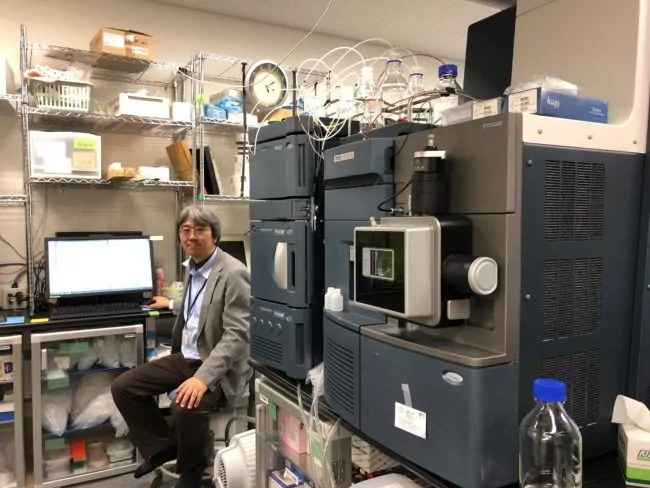Oligonucleotide Analysis Supports Exciting Therapeutic Approach

Demonstrating the value of the ACQUITY QDa Detector in a pharmaceutical production setting for oligonucleotides
Professor Masanori Kataoka has been working with Waters for the past four years, initially at Japan’s Kochi University as well as at Shikoku Nucleic Acid Chemistry (S-NAC), where he is the Chief Technology Officer (CTO). S-NAC is a joint-venture company between Kobe University and Shikoku TLO. Much of the work that Professor Kataoka and his team focus on is in the growing area of synthesis and analysis of therapeutic oligonucleotides.
Professor Kataoka’s department at Kobe University has more than 10 researchers working on the development of methods for oligonucleotide synthesis using nucleotide segment units that will be used for manufacturing nucleic acid drug substances. As with any other organic compound, it’s important to characterize oligonucleotides as they are synthesized. At S-NAC, the analysis of impurities and the measurement of protected nucleosides, mononucleotides, dimers, trimers, and oligonucleotides are routine. For this work, it is sufficient to obtain the molecular mass of a molecule by recording its mass spectrum.
“The ESI QTof systems in my university lab were overkill for the routine synthetic oligonucleotide analyses we wanted to do at S-NAC, so we decided to collaborate with Waters, and now at S-NAC we are using an ACQUITY UPLC/PDA/QDa workflow in Empower that we’re happy with,” Professor Kataoka said.
The collaboration with Waters has grown as S-NAC’s work on preparation of synthesized oligonucleotides has advanced and they look to further enhance the efficiency of their laboratory through the implementation of technologies such as the ACQUITY QDa Mass Detector.
Learn how Waters’ ACQUITY QDa Mass Detection systems are bringing significant business benefits to Professor Kataoka as his laboratories strive to increase the confidence in their results while working towards their business aim, which is to increase the efficiency of their department by double digits in this exciting new area of therapeutic research.
Read the details in our case study.
Additional resources:
Popular Topics
ACQUITY QDa (16) bioanalysis (11) biologics (14) biopharma (26) biopharmaceutical (36) biosimilars (11) biotherapeutics (16) case study (16) chromatography (14) data integrity (21) food analysis (12) HPLC (15) LC-MS (21) liquid chromatography (LC) (19) mass detection (15) mass spectrometry (MS) (54) method development (13) STEM (12)



